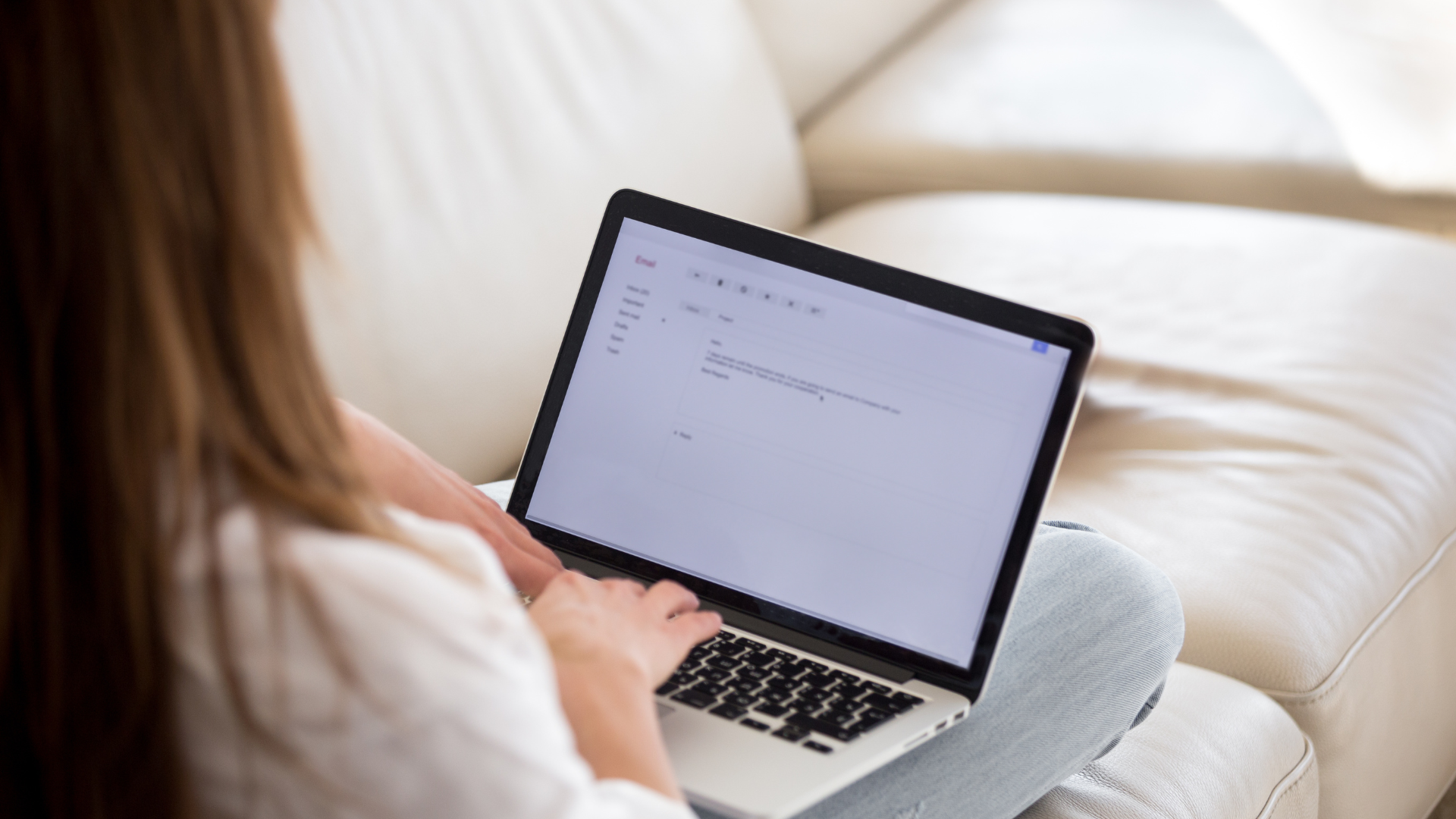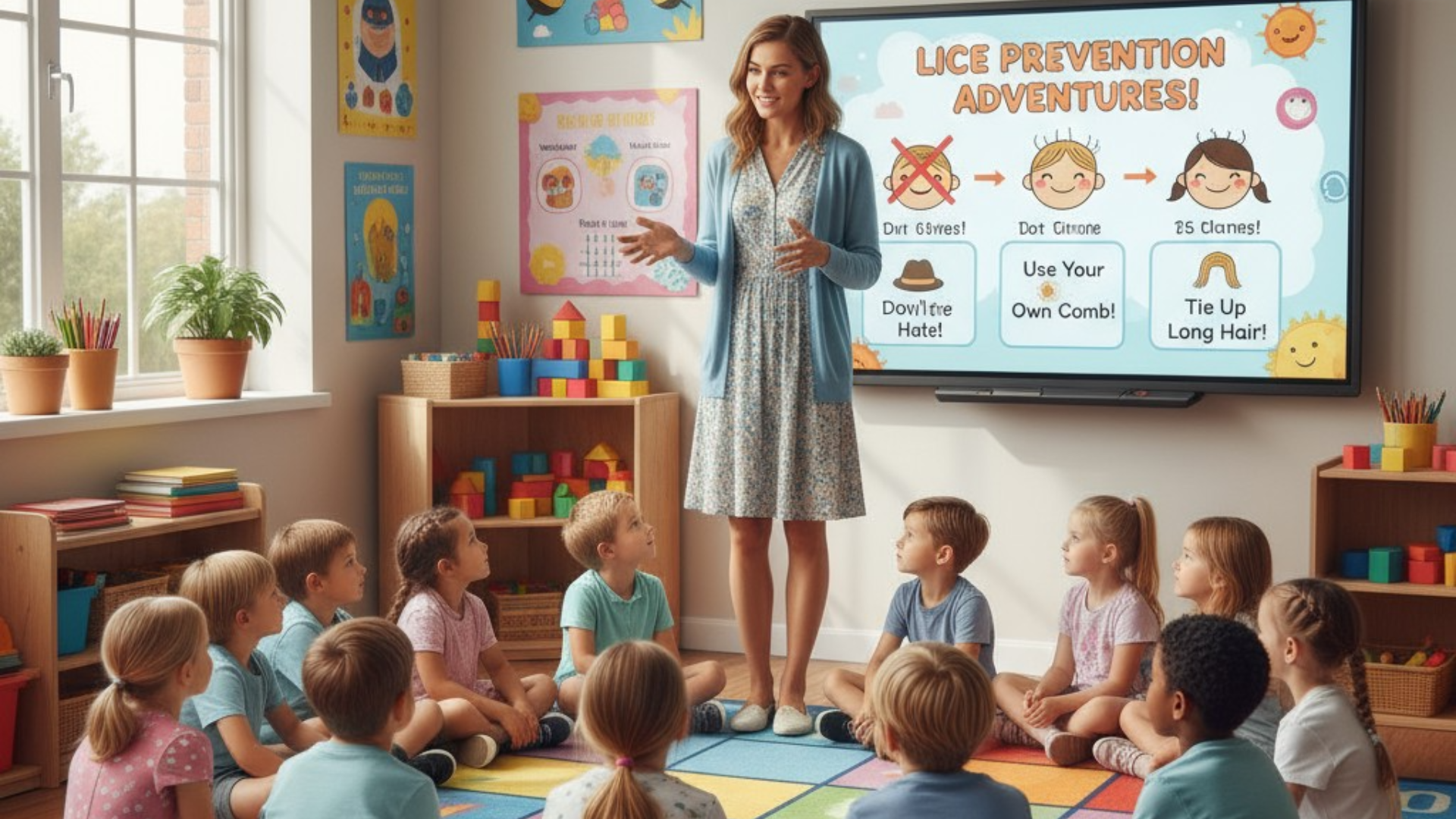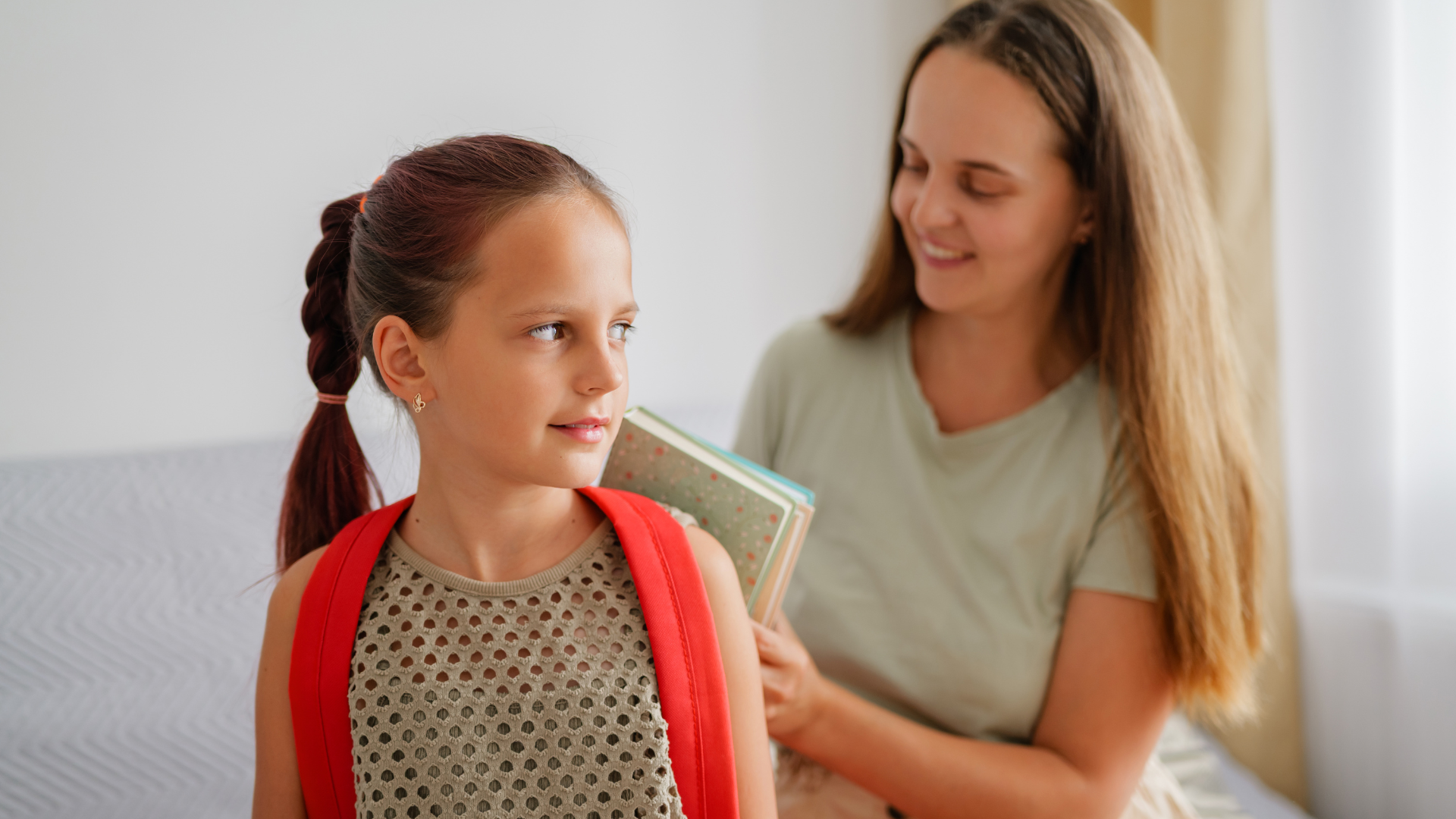Head lice are a common back-to-school challenge that many parents face each autumn. Millions of American children experience lice infestations each year, and they’re not a reflection of poor hygiene, in fact, lice often spread more easily in clean hair.
One of the most important steps when your child has lice is talking to their teacher. A calm, clear conversation can prevent the spread, support your child, and ensure the classroom stays a safe, comfortable space for everyone.
This guide provides practical tips, ready-to-use scripts, and expert advice for parents navigating the delicate task of how to talk to teachers about lice this fall.
Why It’s Important to Notify Teachers About Lice
Many parents feel embarrassed or anxious when letting teachers know their child has lice. But timely communication is crucial.
1. Preventing the Spread
Lice move quickly through head-to-head contact, shared hats, combs, or jackets. Informing teachers early helps contain an outbreak before it affects the whole class.
Last fall, my daughter brought home lice from a playground encounter. I emailed her teacher immediately. Within a day, the teacher had discreetly notified parents and stopped a potential outbreak before it spread further.
2. Supporting Your Child
Teachers can monitor your child for ongoing itching or discomfort and discreetly provide assistance if needed. Open communication also helps children feel supported rather than embarrassed.
When parents reach out quickly, it helps me manage the classroom without singling out any child. The students usually forget about it within a day.
3. Complying With School Policies
Many schools have guidelines for managing lice, including when children can return to class. Prompt notification ensures your child follows policy and avoids unnecessary absences.
Remember: lice are part of back-to-school life. Millions of children are affected every year. It’s normal, manageable, and nothing to be ashamed of.
Timing Matters: When to Reach Out
Early communication is key. Here’s how to time your message for the best results:
Morning Detection
If you discover lice before school, send a polite email or call the school immediately. Quick action minimizes the risk of spreading lice to classmates.
I found nits on my son’s scalp before school one Monday. I emailed his teacher right away. She was grateful for the heads-up and discreetly checked the class for potential exposure.
During the School Day
If lice are detected after your child has been at school, contact the teacher or school nurse as soon as possible. Prompt notification helps prevent further exposure.
Routine Checks
Regular hair inspections at home are invaluable. Weekly checks, especially in the fall, catch lice early and allow for timely communication and treatment.
Keeping a small lice comb in the bathroom or backpack has become a fun “mission” for my child. It makes weekly checks less stressful and more like a routine game.
How to Approach the Conversation
Talking to teachers about lice doesn’t have to be stressful. A friendly, factual approach ensures your message is received positively.
Be Direct but Calm
Use simple language to convey the necessary information without over-explaining.
Example script:
“Hi [Teacher’s Name], I wanted to let you know that my child, [Child’s Name], was found to have head lice this morning. We are taking immediate steps to treat it and want to keep you informed.”
Offer Reassurance
Teachers appreciate knowing that preventive measures are in place. A brief reassurance that treatment is underway goes a long way.
I told the teacher we were using a professional service to remove lice. She responded warmly and assured me the class would be monitored discreetly.
Respect Privacy
Focus on facts rather than personal details. Avoid discussing hygiene habits or how lice were contracted.
Tip: Stick to the essentials, detection, treatment steps, and return-to-school timeline.
Choosing How to Contact the Teacher
The method you choose can depend on urgency and personal preference. Both email and phone calls work well when done thoughtfully.
- Provides a written record
- Keeps the message polite, concise, and informative
- Allows teachers to respond at their convenience

Phone Call
- Best for urgent situations or when a personal touch is preferred
- Keep the conversation brief, calm, and factual
- Teachers often appreciate direct contact when timing is sensitive
I once called my son’s teacher on a Saturday after discovering lice. She appreciated the personal call and reassured me that everything would be handled discreetly on Monday.
What to Include in Your Message
Regardless of how you contact the teacher, your message should cover a few key points:
- Your child’s name and grade
- Confirmation that lice were detected
- Steps you are taking to treat lice
- A note that you are following school policies
Keeping the message simple, factual, and reassuring ensures teachers receive the information they need without unnecessary stress.
Tip: Close your message with appreciation, e.g., “Thank you for your support in keeping the classroom safe.”
Addressing Common Concerns
Will My Child Feel Embarrassed?
Children may feel self-conscious about having lice. Teachers usually handle these situations discreetly. Open and calm conversations with both your child and the teacher help normalize the situation.
Should I Tell Other Parents?
Check with your school’s policy first. Some schools prefer that the teacher notify the class or other parents to prevent a larger outbreak.
What If Lice Comes Back?
Recurrent lice are common. Professional treatment with services like LiceDoctors ensures thorough removal. Regular home checks and communication with teachers prevent repeated infestations.
After treatment, I kept my daughter’s hair in a braid and checked her weekly. She never had another outbreak that school year.
Preparing Your Child for School After Lice
Once treated, help your child transition back to school smoothly:
- Teach personal item care: Keep hats, jackets, and hair accessories separate
- Monitor for itching: Teachers can discreetly observe any signs of persistent lice
- Educate classmates: Schools may provide general information to reduce anxiety and prevent spread
Encouraging my child to tie her hair in braids during school hours made a huge difference. She felt involved in her own prevention, and it reduced head-to-head contact with friends.

Using Professional Lice Treatment Services
Treating lice thoroughly is key to preventing reinfestation. LiceDoctors is a trusted service providing chemical-free, in-home treatments.
Benefits:
- Safe and gentle: Suitable for sensitive scalps and young children
- Convenient: Treatment at home avoids exposing classmates
- Complete removal: Specialists remove both lice and nits efficiently
Using a professional service gave me peace of mind. Knowing the lice were completely gone allowed me to communicate confidently with my child’s teacher.
Prevention Tips for Autumn
While lice can’t be completely prevented, these strategies reduce the risk:
- Weekly hair checks: Early detection makes treatment easier
- Tie long hair: Braids, ponytails, or buns reduce head-to-head contact
- Avoid sharing personal items: Hats, combs, and hair accessories should remain personal
- Teach awareness: Encourage children to avoid head-to-head contact during play
- Clean shared surfaces: Pillows, stuffed animals, or coats should be cleaned if lice are detected
I started weekly checks last fall and caught nits before they became a full infestation. It made the whole process much less stressful.
Teacher Perspectives: What They Want to Know
Understanding a teacher’s perspective makes conversations smoother:
- Factual information: Teachers need clear facts, not emotional details
- Timeliness: Prompt notification prevents classroom outbreaks
- Treatment confirmation: Teachers appreciate knowing parents are taking steps to remove lice professionally
- Privacy: Respecting your child’s dignity is essential; teachers handle this discreetly
One teacher shared, “I always appreciate parents reaching out early. It helps me manage the class and support the student without causing embarrassment.”
Managing Anxiety for Parents and Children
Discovering lice can be stressful. Here’s how to stay calm:
- Remember lice are common: Millions of children are affected yearly
- Take proactive steps: Professional treatment, home checks, and open communication reduce worry
- Normalize the conversation: Speak openly with your child and reassure them it’s manageable
- Stay solution-focused: Focus on next steps rather than the problem
After the first lice scare, talking openly and calmly with my daughter made the process much easier, no tears, no shame.
FAQs About Talking to Teachers About Lice
Q: Do I need to inform the teacher if my child has nits only?
A: Yes. Nits can hatch and lead to an active infestation. Early notification helps prevent spread.
Q: Can lice affect school attendance?
A: Most schools allow children back after treatment. Policies vary, so check with your school.
Q: How long does treatment take?
A: Professional treatments like LiceDoctors typically remove lice and nits in a single session. Follow-up checks at home ensure complete removal.
Q: Are chemical treatments necessary?
A: Not with services like LiceDoctors, which use safe, chemical-free methods suitable for sensitive scalps.
Q: Can siblings or friends get lice from my child?
A: Yes, close contact can spread lice. Regular hair checks and preventive measures for siblings are recommended.
Q: How do I talk to my child about lice without shame?
A: Use simple, factual language. Explain that lice are common, easy to treat, and nothing to be embarrassed about.
Q: What if my child feels anxious about going back to school after lice?
A: Reassure them that the treatment is complete, and the teacher is aware. A short chat with the teacher beforehand can ease concerns.
Key Takeaways
- Lice are common and manageable, nothing to be ashamed of
- Notify teachers promptly using a calm, factual approach
- Professional, chemical-free in-home treatments are highly effective
- Open communication supports your child and protects the classroom
- Preventive measures, routine checks, and follow-ups help keep lice at bay
Take Action Today
This fall, make sure your child’s school experience is comfortable, confident, and itch-free. Head lice are common, but with the right steps, you can manage the situation effectively and prevent unnecessary stress for both your child and the classroom.

1. Communicate Openly With Teachers
Open and timely communication is key. Let your child’s teacher know immediately if lice are detected so the classroom environment remains safe and supportive. A friendly, factual approach reassures the teacher that the situation is being handled responsibly. Clear communication also helps your child feel supported and reduces any potential embarrassment or anxiety.
Tip: A quick email or call detailing the steps you are taking and confirming that treatment is underway is often enough. Teachers appreciate concise updates and knowing the matter is under control.
2. Take Immediate Action With Professional Treatment
Prompt and thorough treatment is essential to stop the infestation from spreading. Professional services like LiceDoctors provide chemical-free, in-home lice removal, ensuring that both lice and nits are completely eliminated in a single session. Professional treatment saves time, reduces stress for parents and children, and allows your child to return to school without worry.
Tip: Even after professional treatment, continue weekly home checks to ensure there is no recurrence. Early detection is your best defense against repeat infestations.
3. Follow Preventive Measures to Reduce Future Risk
Prevention is just as important as treatment. Encourage your child to avoid sharing personal items like hats, combs, and hair accessories. Keep long hair tied in braids or buns during school hours and remind children about head-to-head contact during play. Regular cleaning of shared surfaces like pillows, stuffed animals, and coats also helps minimize the risk of lice spreading.
Tip: Involve your child in these routines, letting them choose fun braid styles or participate in weekly hair checks gives them ownership and reduces anxiety.
4. Why Professional Help Makes a Difference
Using professional services like LiceDoctors ensures peace of mind. Experienced specialists provide safe, gentle, and effective treatment right in the comfort of your own home. With complete removal of lice and nits, your child can return to school confidently, and you can feel reassured that the situation has been handled thoroughly.
Final Thoughts
Head lice are a common part of back-to-school life, but they don’t have to disrupt your child’s routine or your family’s peace of mind. By communicating openly with teachers, taking prompt professional action, and following preventive measures, you can manage the situation effectively and prevent future infestations.
📞 Contact LiceDoctors today to schedule an appointment and make this autumn a calm, healthy, and worry-free season for your family. With the right steps, your child can enjoy a full, confident, and itch-free school experience, and you can rest easy knowing the situation is under control.




.webp)
